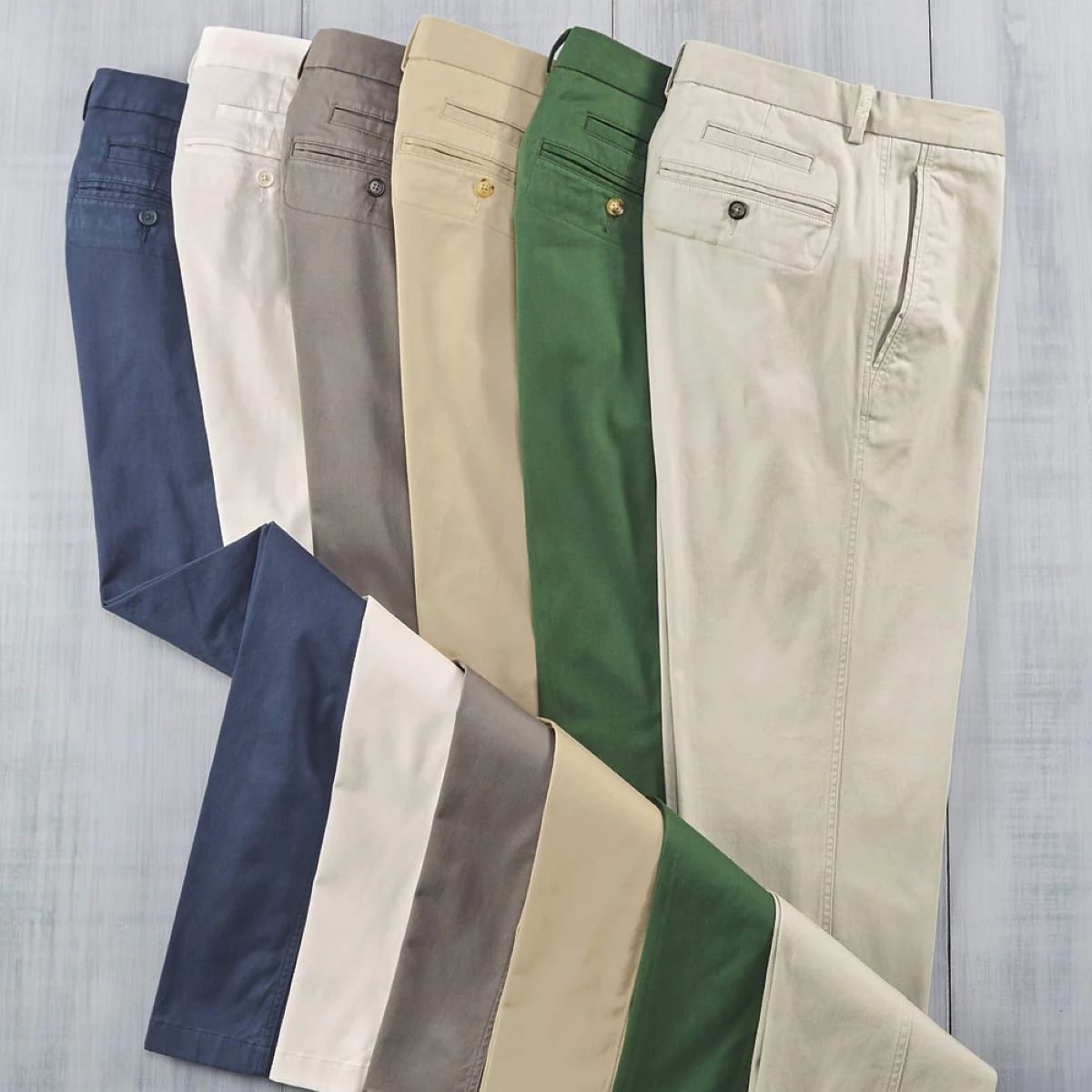

Articles
How To Store Pants Without A Dresser
Modified: January 6, 2024
Learn how to store pants without a dresser in these informative articles. Discover creative solutions for maximizing your space and organizing your garments efficiently.
(Many of the links in this article redirect to a specific reviewed product. Your purchase of these products through affiliate links helps to generate commission for Storables.com, at no extra cost. Learn more)
Introduction
When it comes to organizing our clothes, finding a suitable storage solution for pants can sometimes be a challenge, especially if you don’t have a dresser. However, fear not! There are plenty of alternative methods and creative ideas that can help you store your pants neatly and efficiently without the need for a bulky dresser.
In this article, we will explore several practical and space-saving techniques that will keep your pants organized and easily accessible. Whether you live in a small apartment, have limited closet space, or simply prefer alternative storage options, these tips will help you make the most out of your available space while keeping your pants wrinkle-free and ready to wear.
So, let’s dive in and discover how to store pants without a traditional dresser!
Key Takeaways:
- Say goodbye to bulky dressers! Utilize hanging space, bins, hooks, racks, over-the-door solutions, shelves, drawers, or DIY hangers to store pants creatively and efficiently without traditional dressers.
- Get creative with pant storage! From DIY hangers to over-the-door solutions, explore unique methods to keep pants organized, accessible, and wrinkle-free without the need for a bulky dresser.
Read more: How To Store Clothing Without A Dresser
Method 1: Utilizing Hanging Space
One of the simplest and most common methods for storing pants without a dresser is to utilize hanging space in your closet. Here’s how:
- Hangers: Invest in sturdy and non-slip hangers specifically designed for pants. These hangers typically have clips or bars that securely hold the waistband of your pants, preventing them from slipping off. Hang your pants individually on hangers, making sure to space them out to avoid crowding.
- Cascading Hangers: If you have limited hanging space, consider using cascading hangers. These hangers allow multiple pairs of pants to be hung vertically, saving valuable space in your closet. Simply hang one pair of pants on the top hanger, and then attach additional hangers, hooking them onto the first hanger. This way, you can store multiple pairs of pants using a single hanger slot.
- Color Coordination: To make your closet visually appealing and to easily locate specific pants, consider organizing them by color. Arrange your pants from light to dark or vice versa. This not only makes it easier to find the right pair but also adds a touch of organization and aesthetic appeal to your closet.
- Organizational Accessories: Make use of additional accessories to optimize your hanging space. For example, using a pant rack or multiple-tiered hangers can help maximize the number of pants you can hang. These accessories create vertical storage options and make it easier to see and access your pants.
By utilizing your closet’s hanging space effectively, you can keep your pants organized, easily visible, and readily accessible. This method is particularly convenient for those who have ample vertical space in their closets but limited floor or shelf space.
Method 2: Folding and Storing in Bins
If you don’t have access to hanging space or prefer a different storage approach, folding and storing your pants in bins can be an excellent alternative. Follow these steps to effectively utilize bins for pant storage:
- Choose Suitable Bins: Select sturdy and stackable bins that can accommodate your pants. Opt for bins with clear or labeled fronts to easily identify the contents. The size of the bins will depend on the number of pants you have and the available space.
- Fold Pants Properly: To maximize space and avoid wrinkles, fold each pair of pants neatly. Start by straightening the pants and flattening them on a clean surface. Fold them in half lengthwise, aligning the legs. Next, fold them in half horizontally, ensuring the waistband is aligned with the bottom hem. This folding technique minimizes creases and saves space.
- Categorize and Sort: Group your pants by style, color, or occasion and sort them accordingly. This will help you quickly locate the desired pair without rummaging through a jumbled mess. You can keep casual pants separate from formal ones or categorize them based on color or season.
- Label the Bins: If you opt for opaque bins, use labels or tags to indicate the contents of each bin. This makes it easier to identify specific pants without having to open each bin. It also promotes a more organized and efficient storage system.
- Stacking Technique: Start by placing the heaviest and less frequently used pants at the bottom of the stack and then stack the lighter and more frequently worn pants on top. This not only prevents the weight of the upper pants from causing creases but also makes it easier to access the ones you wear daily.
Folding and storing pants in bins is an excellent solution, especially for those with limited closet space or who prefer a minimalist approach. By following these steps, you can effectively store and keep your pants organized while conserving space.
Method 3: Hanging Hooks or Racks
If you’re looking for a creative and space-saving solution to store your pants without a dresser, consider using hanging hooks or racks. This method allows you to hang your pants in a visible and easily accessible way. Follow these steps to utilize hanging hooks or racks effectively:
- Choose Suitable Hooks or Racks: Select hooks or racks that are designed to hold pants. You can find hooks with multiple prongs or racks with rods that are specifically designed for pants. Look for hooks or racks made of sturdy materials, such as metal or wood, for durability.
- Mounting the Hooks or Racks: Decide on the ideal location to install the hooks or racks. This can be on the back of a door, on a wall, or inside a closet. Ensure the hooks or racks are securely mounted and can support the weight of your pants without sagging or falling off.
- Hang Pants by Waistband: To maximize space and prevent wrinkles, hang your pants by the waistband. Fold the pants in half lengthwise and drape them over the hook or rod. Make sure the waistband is securely hung and the pants are evenly distributed to maintain their shape.
- Organize by Style or Occasion: If you have multiple hooks or rods, organize your pants by style, occasion, or color. For example, you can dedicate one hook for jeans, another for dress pants, and so on. This helps you easily locate the specific pair you need.
- Utilize the Lower Space: If you have a taller space available, consider installing additional hooks or racks at a lower level. This allows you to hang pants of different lengths and keeps them separate from the upper ones, preventing them from getting tangled or wrinkled.
Using hanging hooks or racks is a fantastic way to display your pants while keeping them organized and easily accessible. Whether in a closet or on the back of a door, this method maximizes vertical space and adds a unique touch to your storage system.
Method 4: Over-the-Door Storage Solutions
If you’re short on closet space or prefer a versatile storage option for your pants, utilizing over-the-door storage solutions can be a great choice. These solutions make use of the often-underutilized space behind your doors. Follow these steps to effectively store your pants using over-the-door storage solutions:
- Choose an Over-the-Door Organizer: Look for an over-the-door storage solution specifically designed for pants or one with adjustable hooks or pockets. These organizers typically have multiple compartments or hooks to hold your pants securely.
- Install the Organizer: Position the over-the-door organizer on the back of your door. Make sure it is properly aligned and securely attached. Adjust the height if necessary to ensure the organizer fits your pants without dragging on the floor. If needed, use additional hooks or straps to secure the organizer in place and prevent it from swinging when the door is opened or closed.
- Hang Pants in Compartments or Hooks: Fold your pants as described in earlier methods and place them in separate compartments or hang them on the hooks provided by the organizer. Organize them based on your preference, such as by color, style, or frequency of use. This allows for easy access and a visually appealing storage display.
- Utilize Additional Pockets or Hooks: If your organizer has additional pockets or hooks, utilize them to store smaller items such as belts, scarves, or accessories associated with the pants. This helps keep all the related items in one place, making it convenient and efficient when getting dressed.
- Close the Door: Once all your pants are stored in the over-the-door organizer, simply close the door. The pants will be neatly tucked away behind the door, freeing up valuable space in your closet or room.
Over-the-door storage solutions offer a practical and space-saving option for storing your pants. They are easily accessible, keep your pants visible, and make efficient use of the often-underutilized space behind your doors.
Consider using a hanging pants organizer in your closet to store pants without a dresser. This will keep them organized and easily accessible.
Read more: How To Store Clothes Without A Dresser
Method 5: Utilizing Shelf Space
If you have shelves in your closet or room, utilizing them to store your pants is a practical and efficient solution. Here’s how you can use shelf space effectively for pant storage:
- Categorize Pants: Before organizing your pants on the shelves, categorize them based on style, color, or occasion. This will help you easily locate the specific pair you need and maintain a well-organized system.
- Fold Pants Properly: Fold your pants neatly to save space and prevent wrinkles. Lay each pair flat on a clean surface and fold them in half lengthwise. Then, fold them in half again horizontally, making sure the waistband aligns with the bottom hem. This folding technique allows for efficient and compact storage on the shelves.
- Arrange Pants Vertically: Instead of stacking your pants horizontally, arrange them vertically on the shelves. This allows you to easily see and access each pair without having to disturb the ones on top. It also prevents the pants at the bottom from getting crushed or hidden under other items.
- Use Shelf Dividers: If your shelves are deep or have a tendency to become cluttered, consider using shelf dividers to create separate compartments for your pants. These dividers keep your pants upright and prevent them from falling over or mixing with other items.
- Add Labels or Tags: To enhance organization and ease of retrieval, add labels or tags to each section of the shelves. You can label them by style, color, or any other categorization you prefer. This allows you to quickly locate the desired pair without having to search through the entire shelf.
By utilizing shelf space, you can keep your pants neatly organized and easily accessible. This method works well for those who have shelves in their closet or room, allowing for efficient use of vertical storage and creating a visually pleasing display.
Method 6: Rolling and Storing in Drawers
If you have available drawer space, rolling and storing your pants can be a space-saving and wrinkle-free solution. Follow these steps to effectively store your pants in drawers:
- Clean and Prepare the Drawers: Empty the drawers and clean them thoroughly before starting the organizing process. This ensures a fresh and clean space to store your pants.
- Roll Pants Instead of Folding: Instead of traditional folding, roll your pants to maximize drawer space and minimize wrinkles. Lay each pair flat on a clean surface, fold them in half lengthwise, and then roll them tightly from the waistband down to the bottom hem. Rolling pants also allows for easy visibility and accessibility within the drawer.
- Sort and Categorize: Sort your rolled pants by style, color, or occasion, depending on your preference. This helps you quickly find the specific pair you need without unraveling every roll of pants in the drawer.
- Arrange in Rows or Columns: Place the rolled pants vertically in rows or columns within the drawer. This not only maximizes the use of space but also makes it easier to see and access each pair without disturbing the rest.
- Use Drawer Dividers: If you have deep or wide drawers, consider using drawer dividers to create separate compartments for different categories of pants. This helps maintain organization and prevents the pants from getting mixed up or tangled.
- Label or Color-Code: To enhance organization and quick retrieval, consider labeling the compartments or color-coding the rolled pants. This adds a visual element to your storage system and allows you to easily identify the desired pair without digging through every rolled pant.
By rolling your pants and storing them in drawers, you can save space, keep them wrinkle-free, and create an organized and accessible storage solution.
Method 7: DIY Pant Hangers
If you’re feeling crafty and want a unique storage solution for your pants, creating your own DIY pant hangers can be a fun and practical project. Follow these steps to make your own DIY pant hangers:
- Gather Materials: Collect the necessary materials for your DIY pant hangers. You’ll need sturdy hangers, clips or clothespins, and any additional embellishments or decorations you’d like to add.
- Attach Clips or Clothespins: Take your hangers and attach clips or clothespins to hold the pants. Make sure the clips or clothespins are secure and can hold the weight of the pants without slipping. Space them evenly along the bottom bar of the hanger, allowing for easy use and visibility of each pair of pants.
- Personalize Your Hangers: Get creative and personalize your DIY pant hangers. You can add decorative elements like ribbons, paint, or stickers to give them a unique and stylish touch. This not only adds visual appeal but also makes it easy to distinguish your pant hangers from regular ones.
- Group Pants on Hangers: Once you have your pant hangers ready, group your pants by style, color, or occasion and hang them on the hangers accordingly. This ensures that you can easily find the pants you need and maintain an organized closet.
- Hang the DIY Hangers: Hang your DIY pant hangers in your closet or on a clothing rack, making sure they have enough space to prevent crowding. Arrange them in a way that allows easy access and visibility of each pair.
- Adjust Clip Positions: As you hang your pants, you may find that certain pairs require different clip positions or adjustments. Don’t hesitate to modify the clip placement to ensure that each pair is securely held and remains wrinkle-free.
Creating your own DIY pant hangers not only provides you with a unique storage solution but also allows for customization and personalization. This method adds a touch of creativity to your closet organization and ensures that your pants are stored in a visually appealing and functional manner.
Conclusion
Storing pants without a traditional dresser is not only possible but can even be an opportunity to explore creative and space-saving solutions. The methods we’ve covered in this article provide you with a range of options to effectively organize and store your pants, regardless of the available space you have.
By utilizing hanging space, folding and storing in bins, using hanging hooks or racks, utilizing over-the-door storage solutions, making use of shelf space, rolling and storing in drawers, or creating your own DIY pant hangers, you can find a solution that suits your needs and preferences.
Remember to find a system that works best for you. Categorize your pants, whether by style, color, or occasion, to ensure easy access and efficient rotation of your wardrobe. Labeling or color-coding can further enhance organization and streamline the selection process.
Don’t be afraid to get creative and add your personal touch to your storage solutions. Whether it’s using decorative elements, customizing your DIY hangers, or finding unique ways to display your pants, make the process enjoyable and reflective of your personal style.
With these innovative methods at your disposal, you can say goodbye to cluttered closets and hello to a well-organized and visually appealing pant storage system. By optimizing your available space and implementing these techniques, your pants will be easily accessible, wrinkle-free, and ready to wear whenever you need them.
So, go ahead and try out these methods to store your pants without a dresser. Your organized and stylish wardrobe awaits!
Frequently Asked Questions about How To Store Pants Without A Dresser
Was this page helpful?
At Storables.com, we guarantee accurate and reliable information. Our content, validated by Expert Board Contributors, is crafted following stringent Editorial Policies. We're committed to providing you with well-researched, expert-backed insights for all your informational needs.
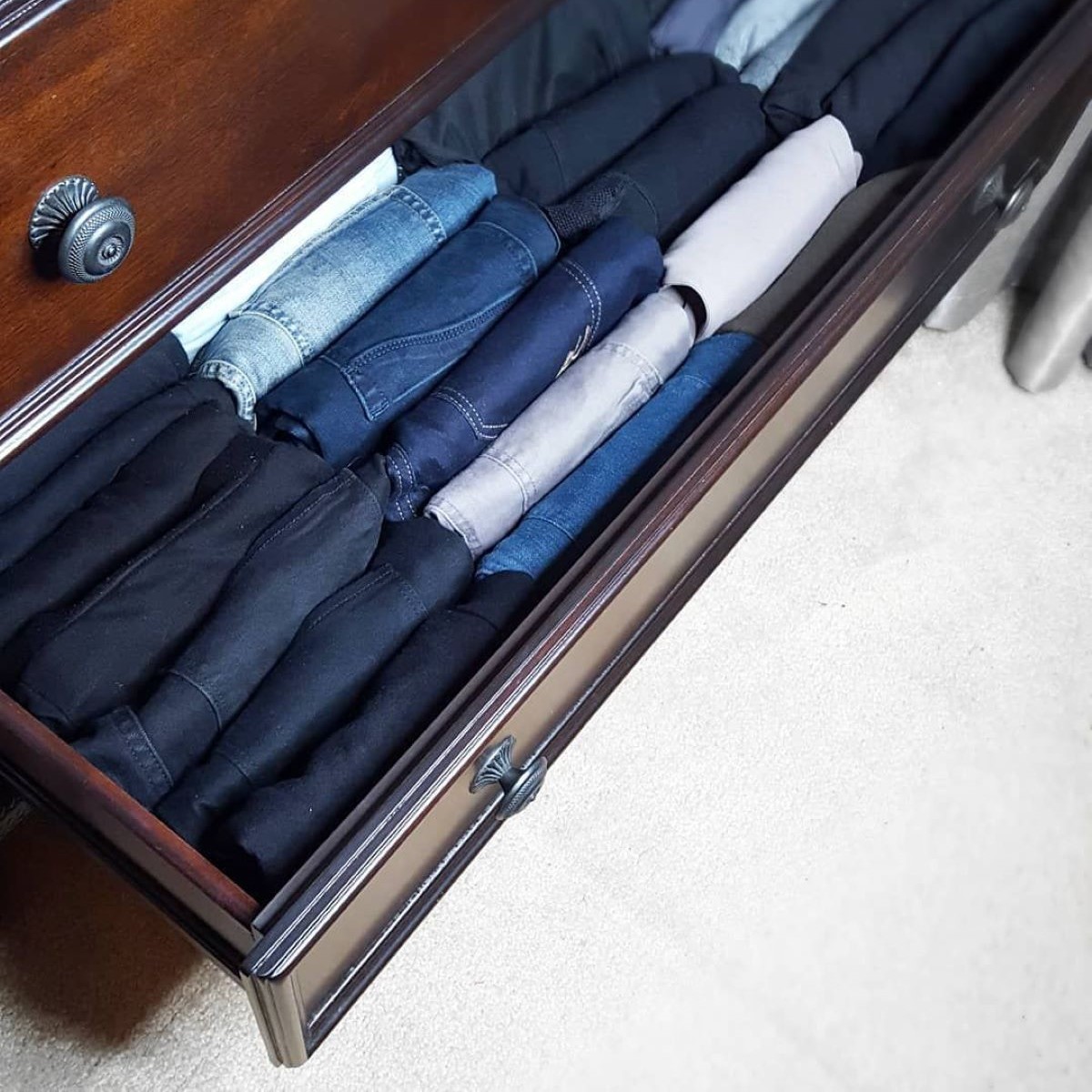
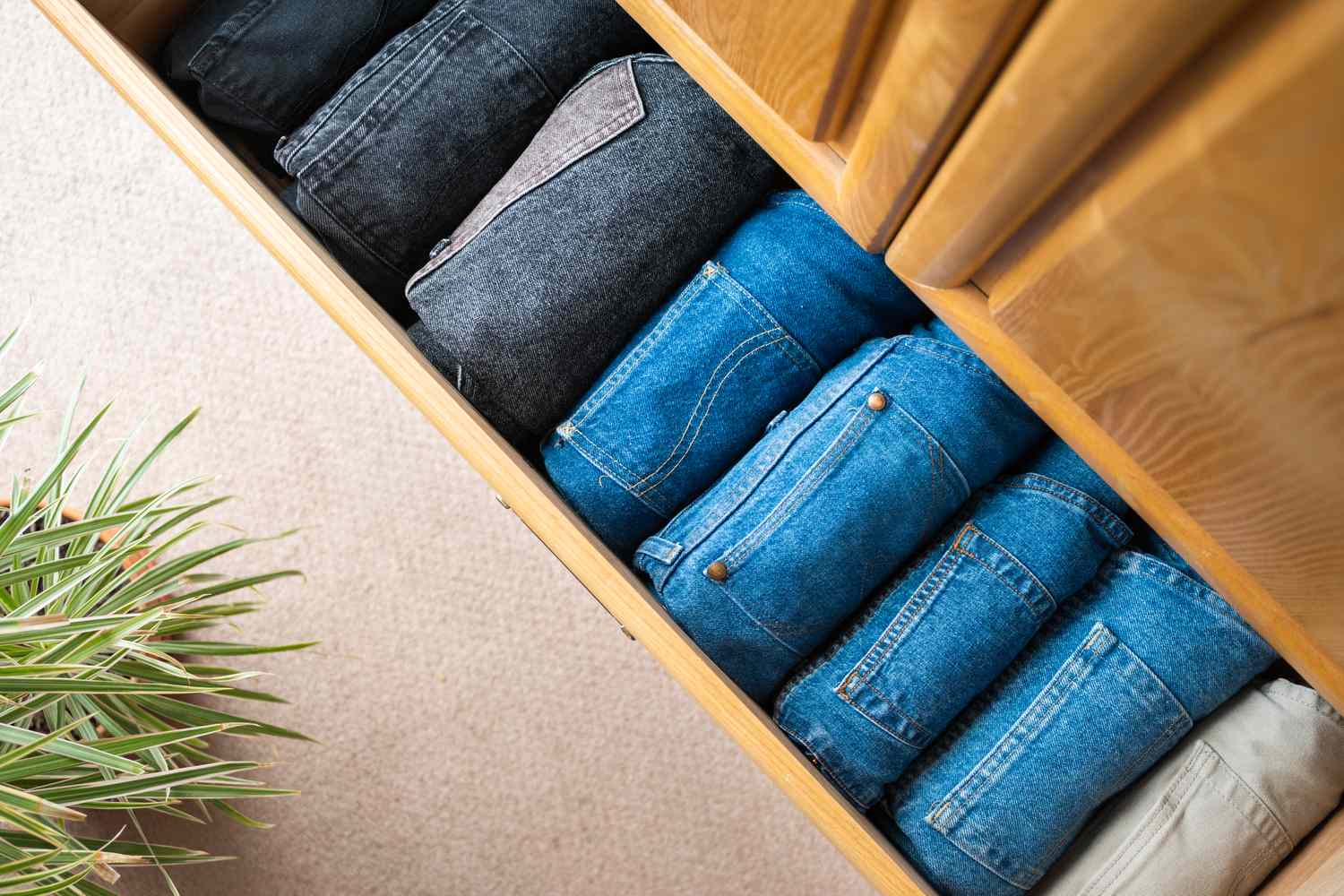
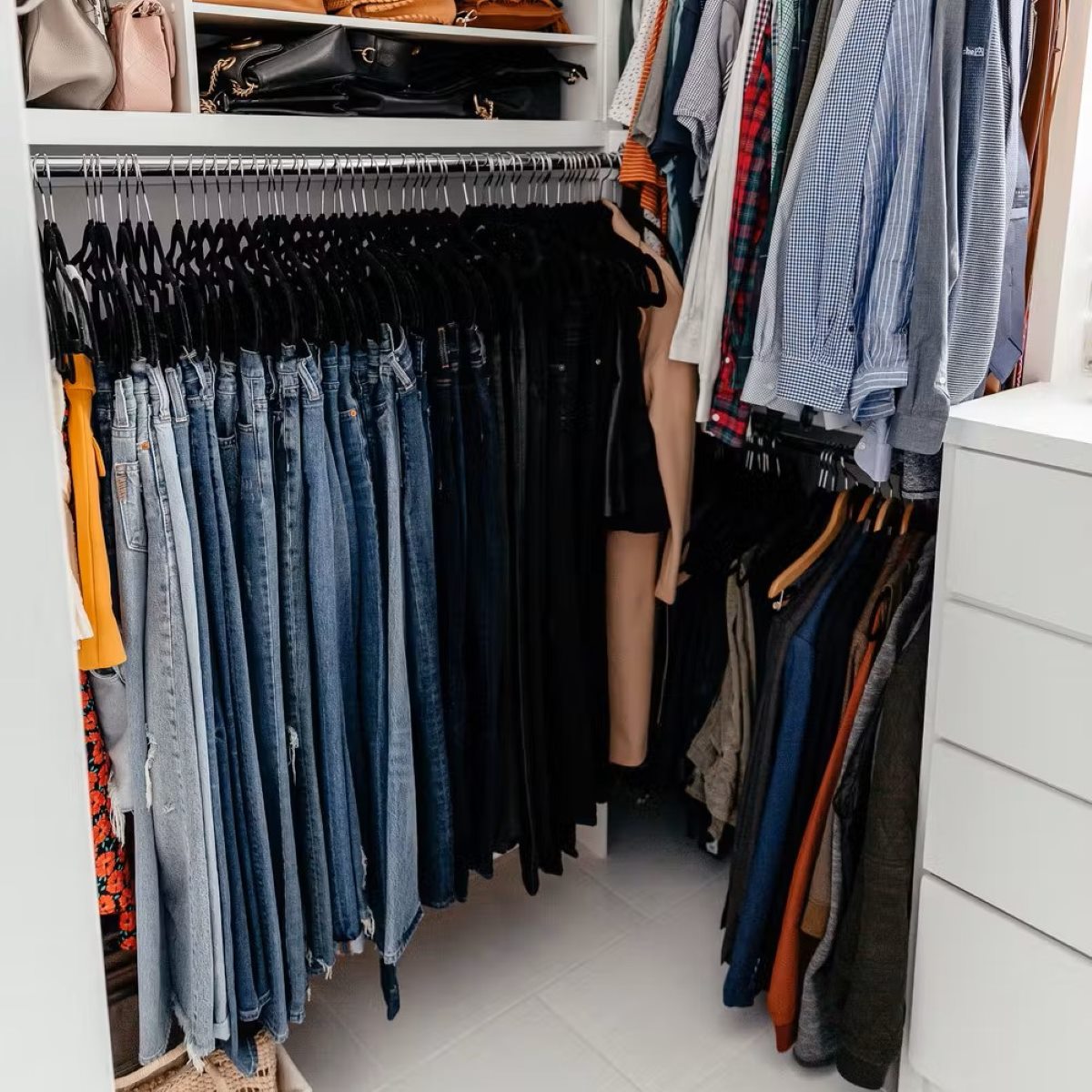
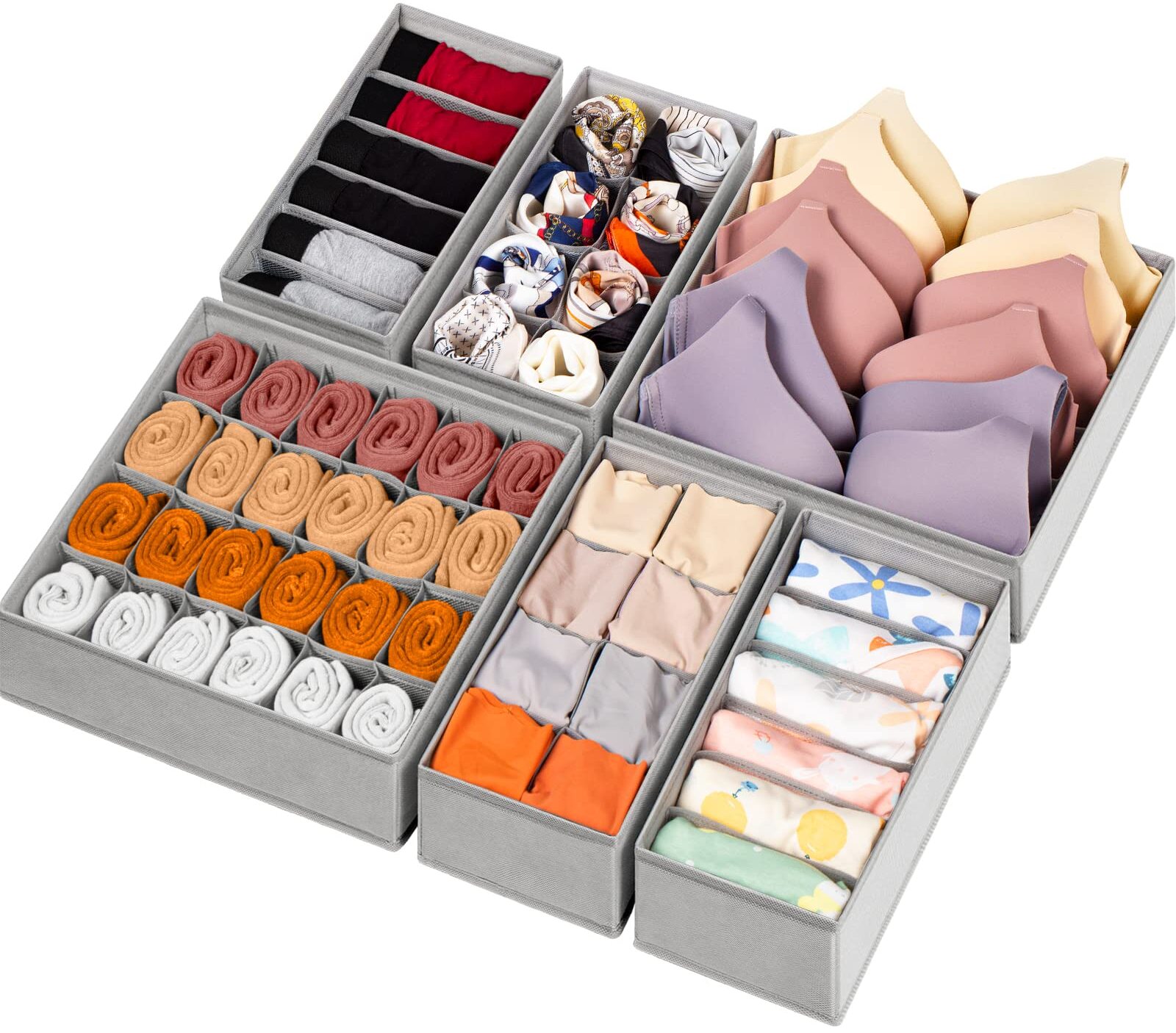
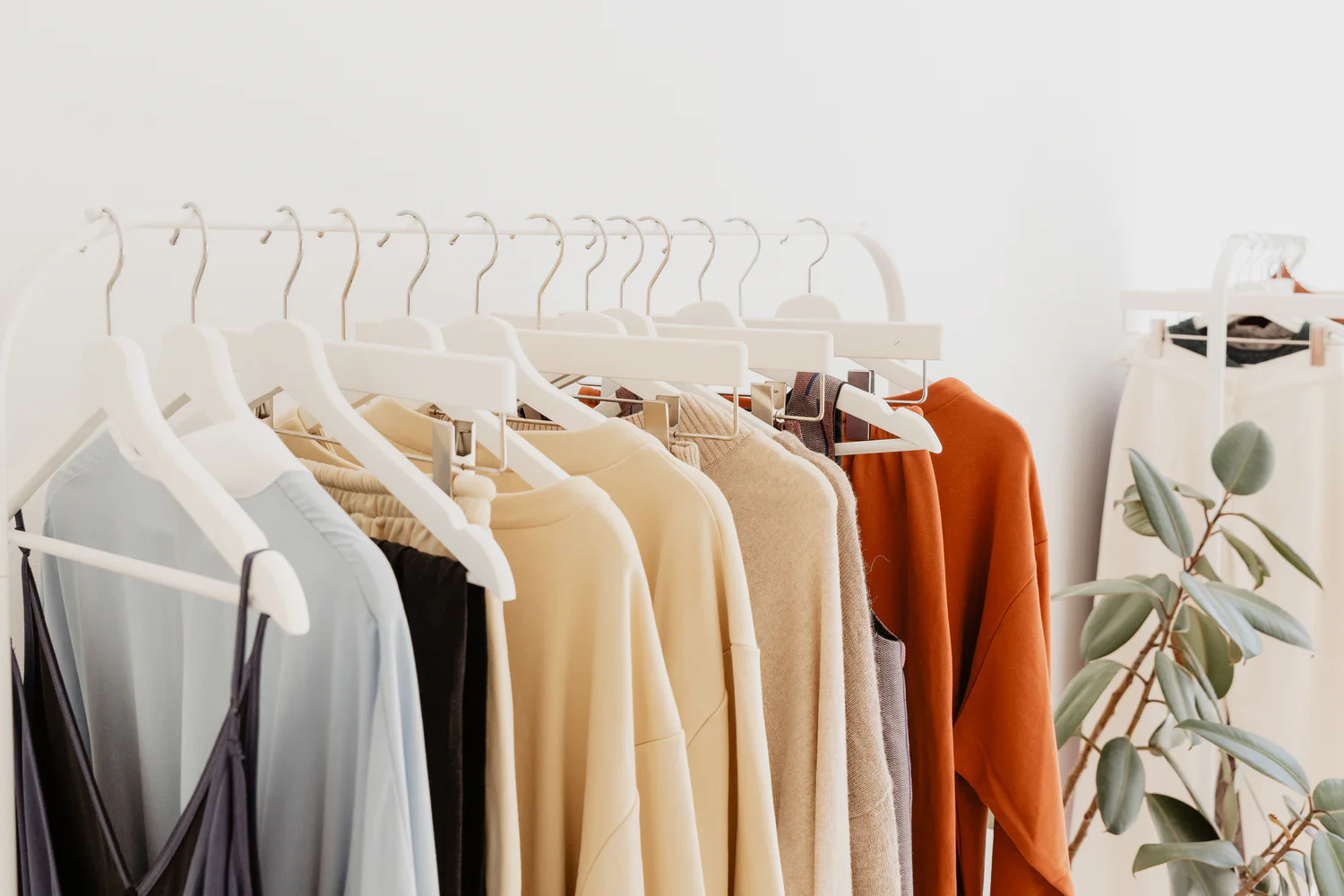
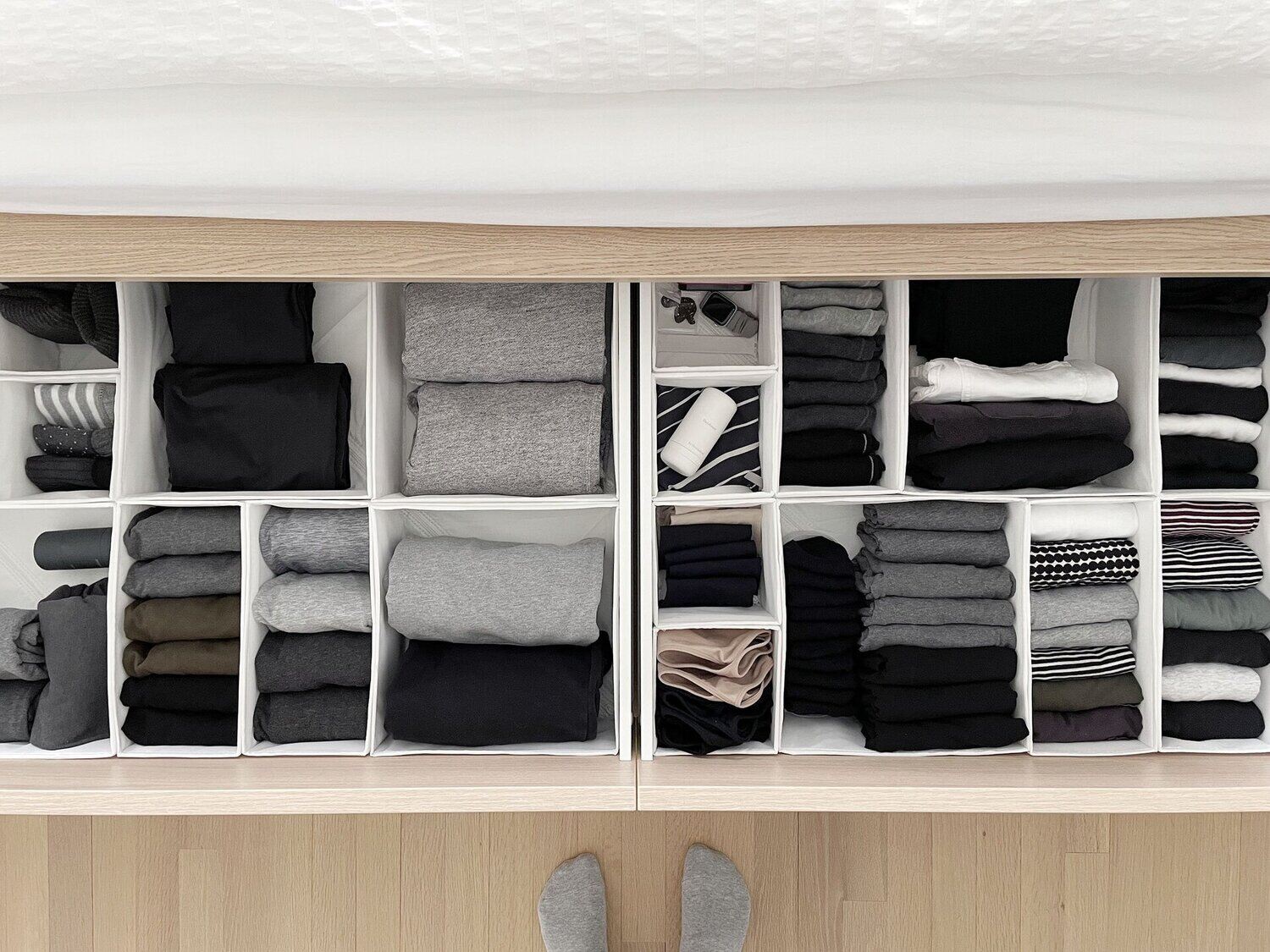
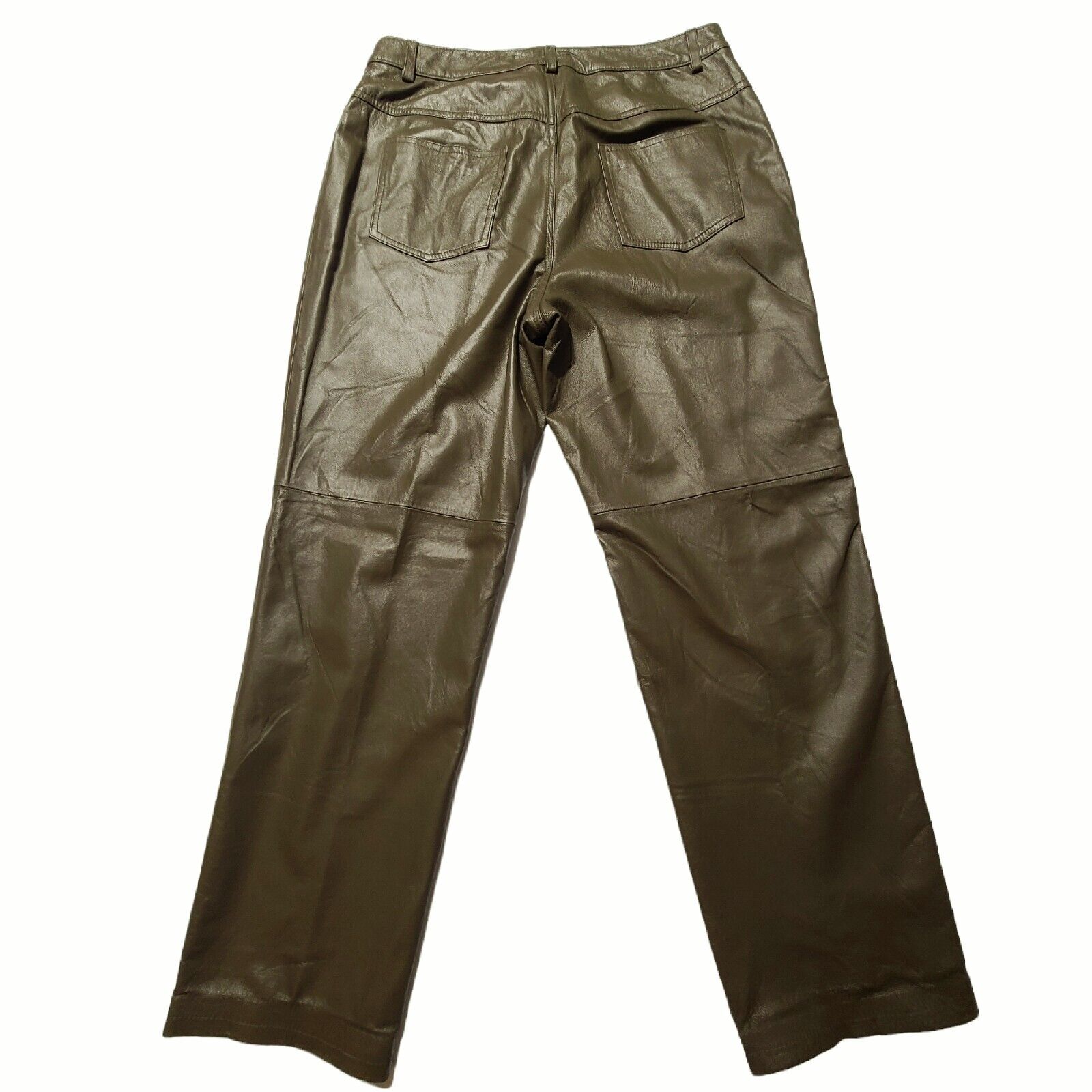
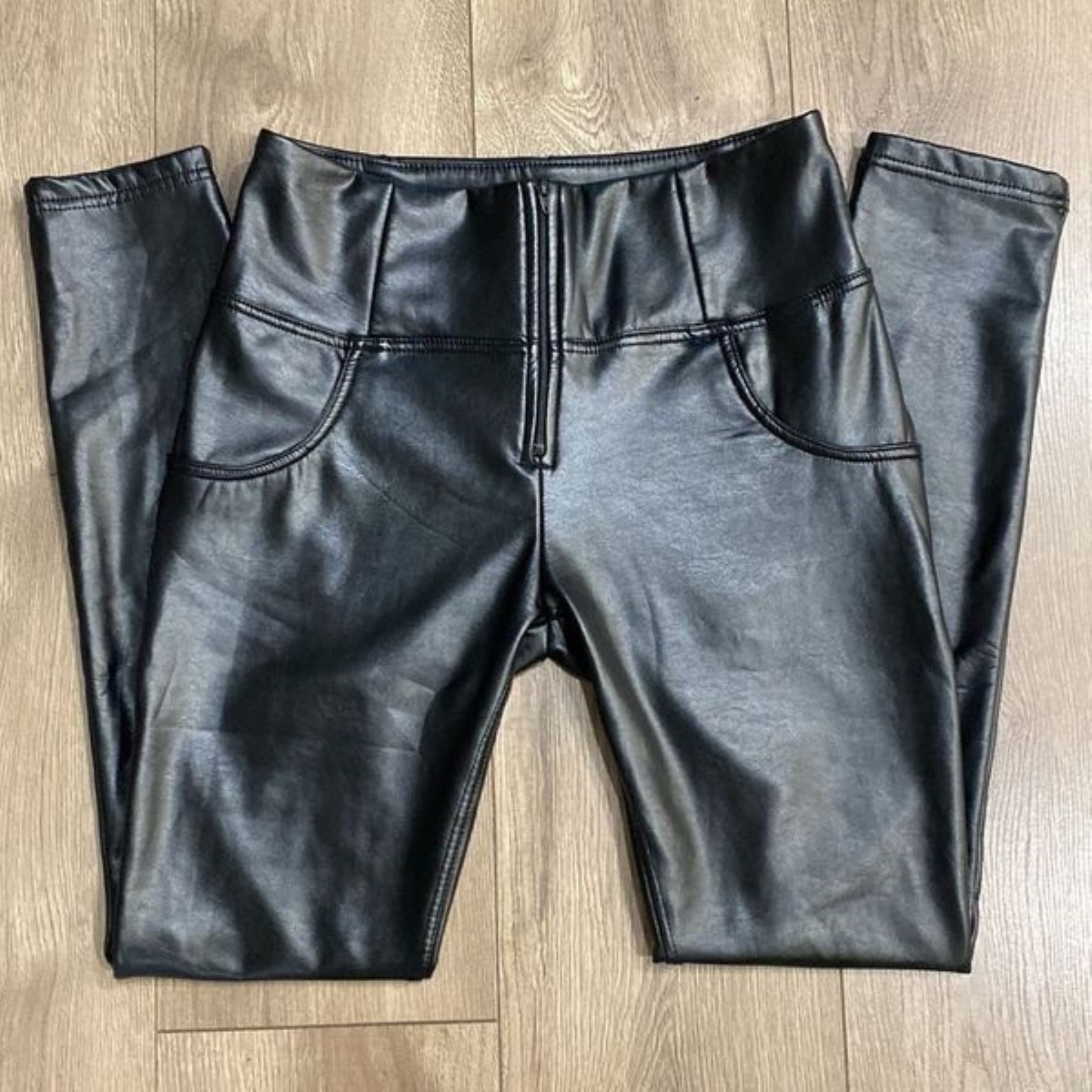
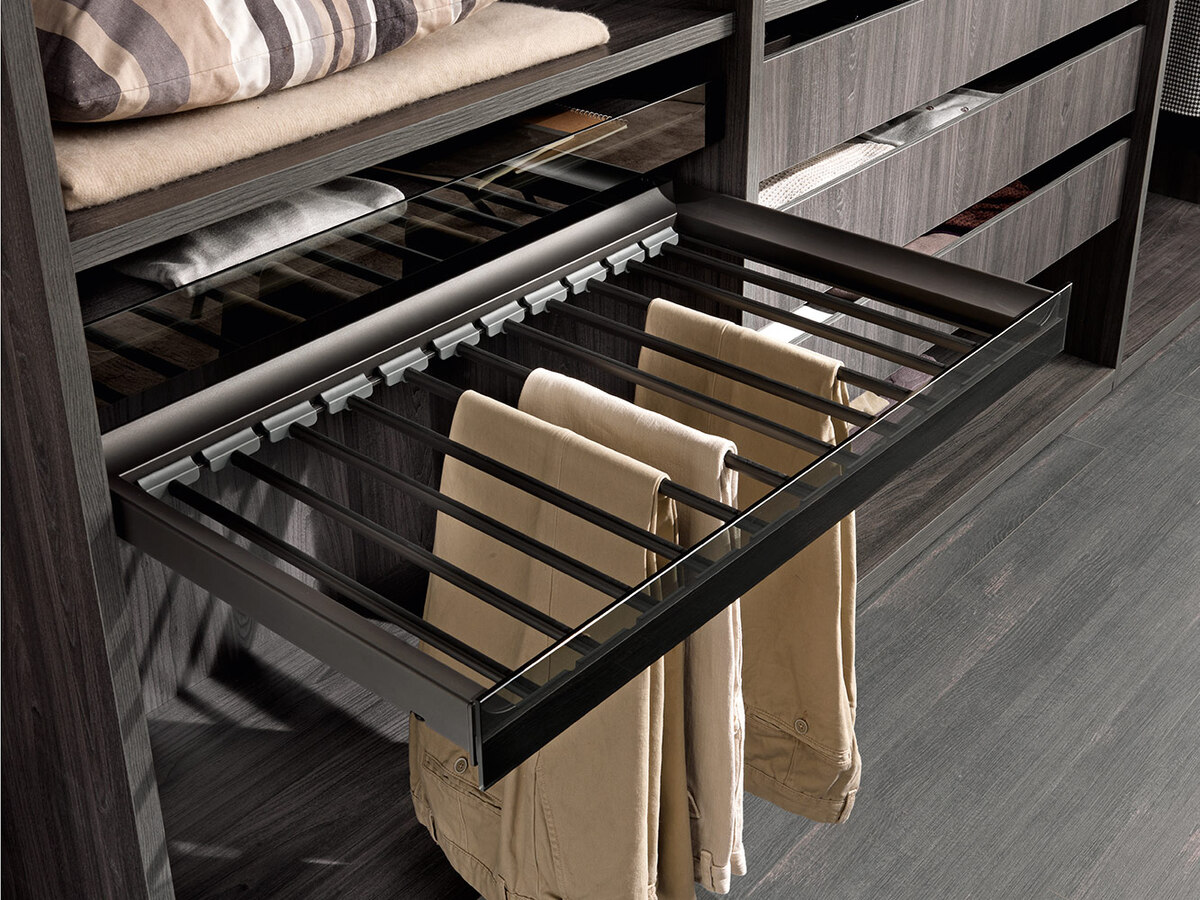
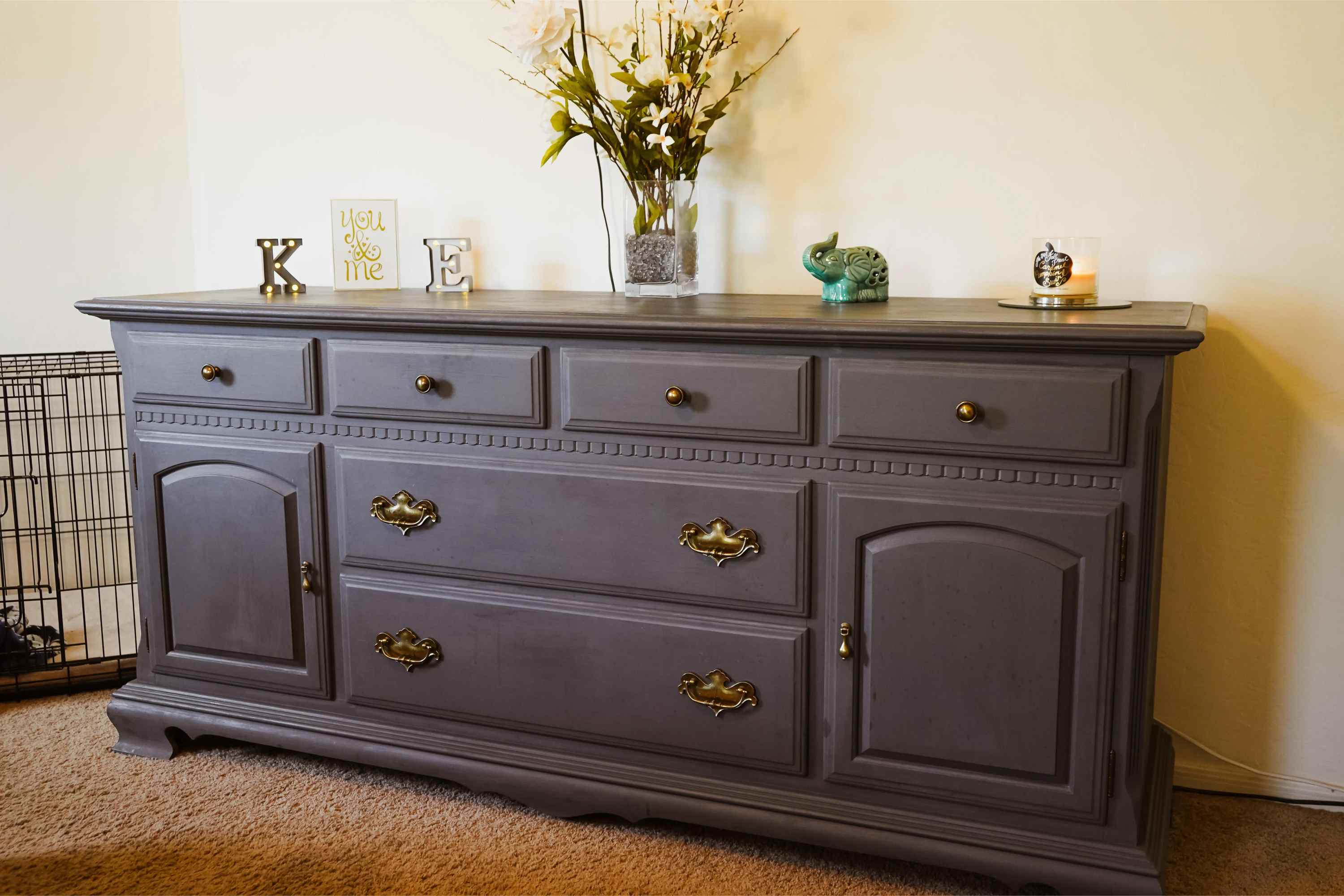
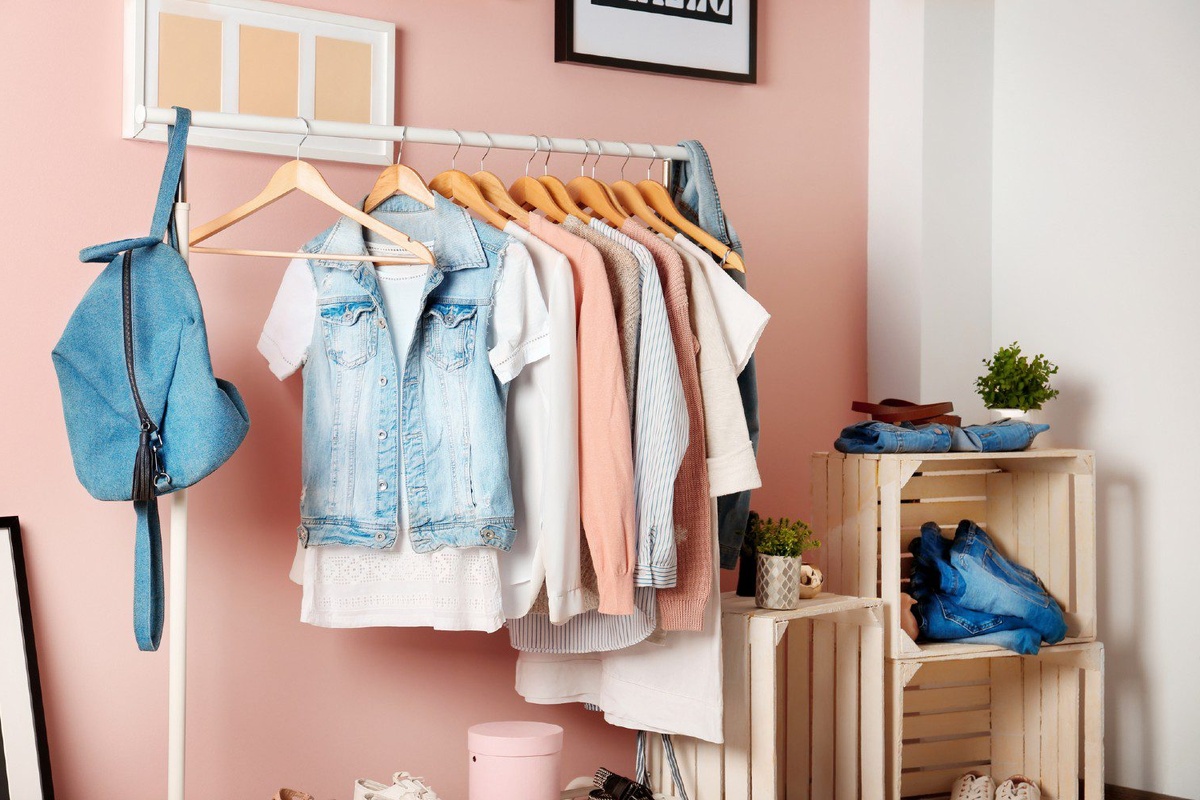
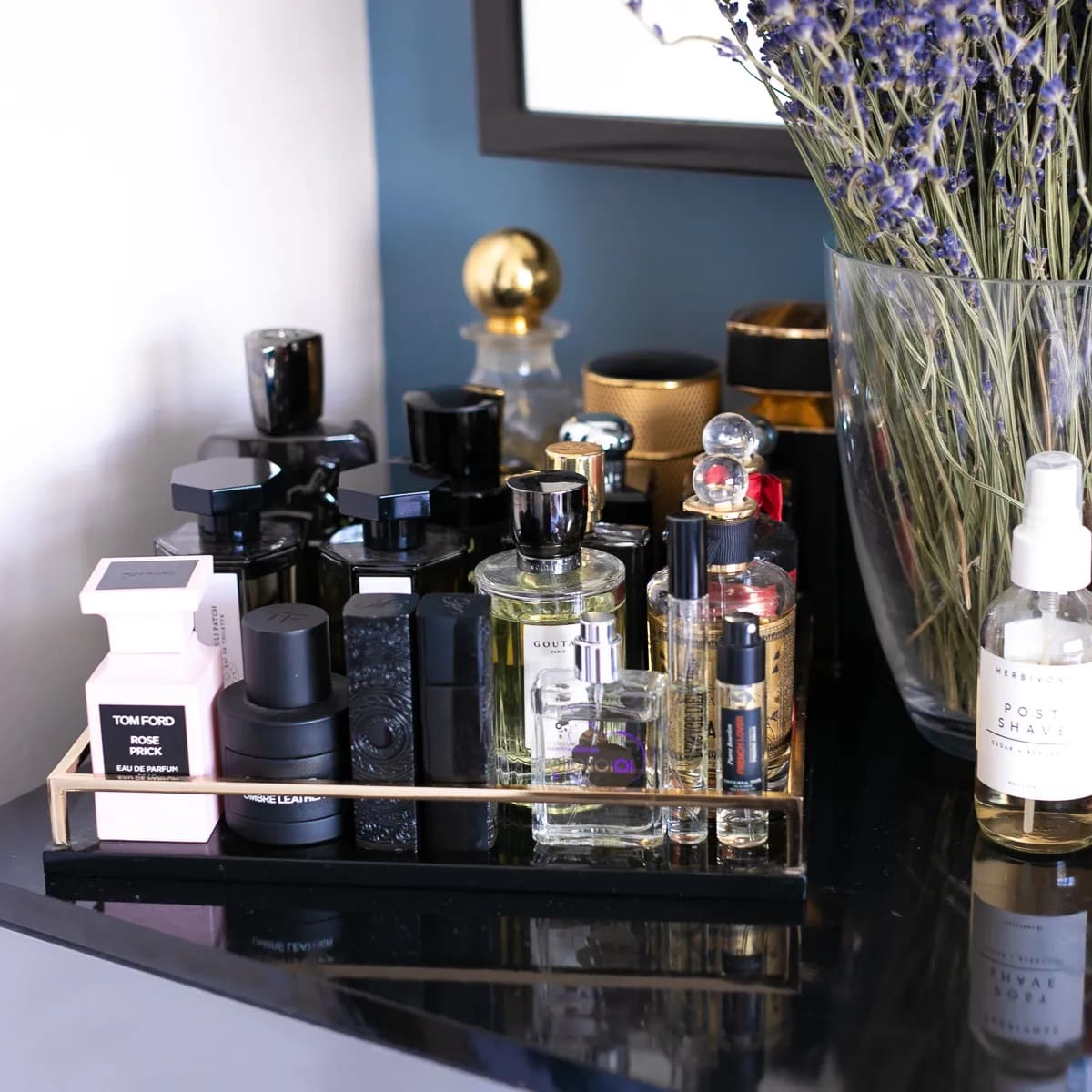
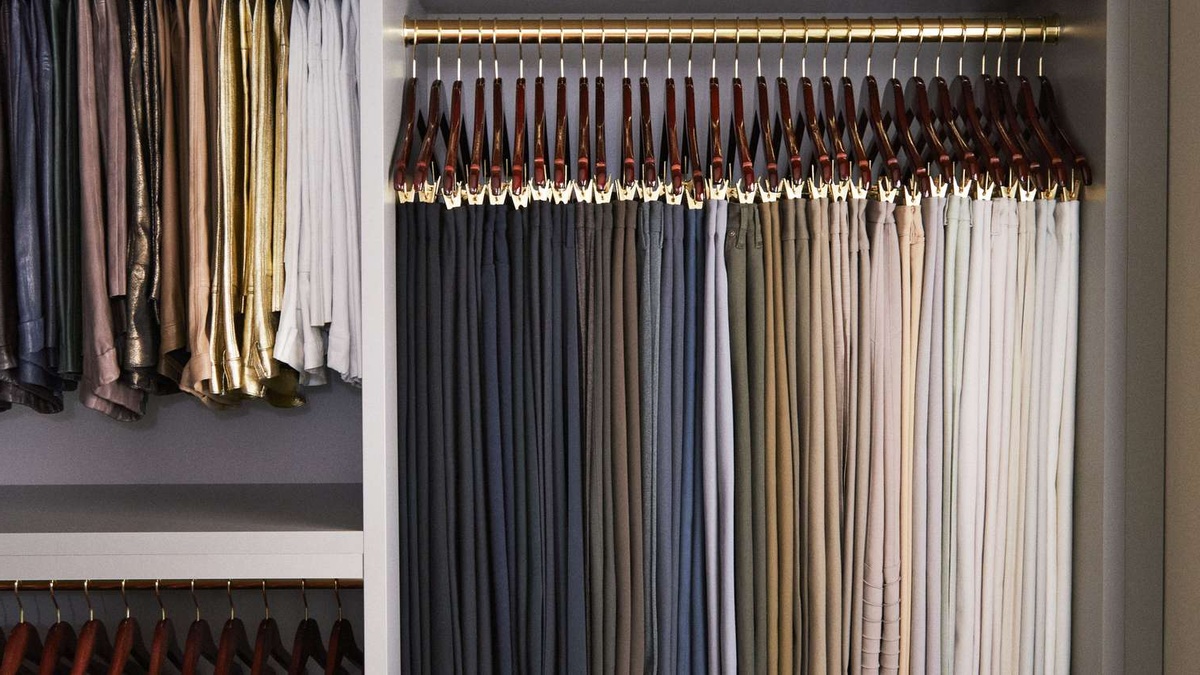
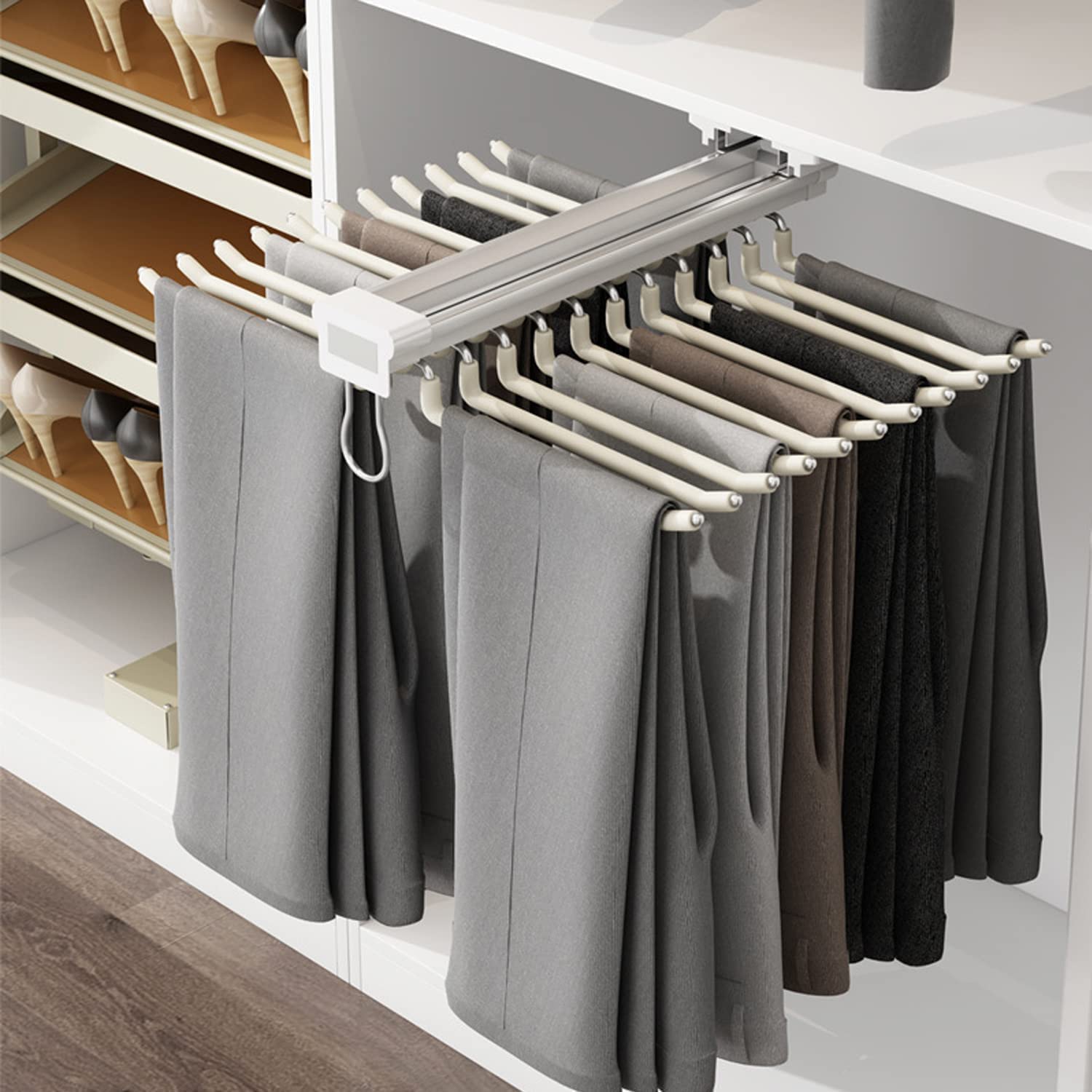

0 thoughts on “How To Store Pants Without A Dresser”